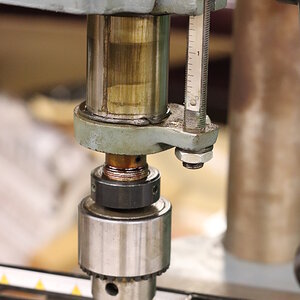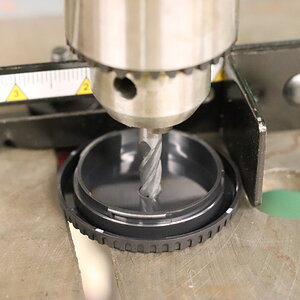vegasrealtor
TPF Noob!
- Joined
- Sep 1, 2015
- Messages
- 14
- Reaction score
- 0
- Can others edit my Photos
- Photos OK to edit
Hello everyone, I have been a long time lurker and finally decided to make an account. I am a very novice photographer. I would say the avenues I have enjoyed so far are landscape photos, family pictures, and sports photos.
Now my question is for redoing what I would maybe consider a botched attempt at getting new business head shots done. I wanted some outdoor photos just from the chest up. I ended up with a lot of photos that had little to no bokeh and a lot of exposure problems the background and myself.
The equipment I have available currently is my Canon SL1, 50mm 1.8II, 18-55STM, 75-300III, and a SunPak tripod. I am editing with Lightroom 5.
I am hoping to redo these photos this week on my own and plan on using my 50mm lens on a tripod so that my assistant (girlfriend) can operate a reflector if one is needed. I am going to be doing these most likely early in the morning because my understanding is that is the best time to use natural light.
I am hoping for some tips and trips or maybe even some links to videos on what I should be prepared with on the day of. I have been watching some videos of using a flash during the day, so if thats the case I would most likely make a DIY diffuser for my pop-up flash.
Also, I noticed most of the photos he sent me were shot in aperture F8 when I imported them into Lightroom. It's my understanding I should be using 2.2-5.6 on a lens like my own to get good sharpness. Can anyone advise on that? I plan to shoot in Aperture Priority mode.
Thank you in advance!
Now my question is for redoing what I would maybe consider a botched attempt at getting new business head shots done. I wanted some outdoor photos just from the chest up. I ended up with a lot of photos that had little to no bokeh and a lot of exposure problems the background and myself.
The equipment I have available currently is my Canon SL1, 50mm 1.8II, 18-55STM, 75-300III, and a SunPak tripod. I am editing with Lightroom 5.
I am hoping to redo these photos this week on my own and plan on using my 50mm lens on a tripod so that my assistant (girlfriend) can operate a reflector if one is needed. I am going to be doing these most likely early in the morning because my understanding is that is the best time to use natural light.
I am hoping for some tips and trips or maybe even some links to videos on what I should be prepared with on the day of. I have been watching some videos of using a flash during the day, so if thats the case I would most likely make a DIY diffuser for my pop-up flash.
Also, I noticed most of the photos he sent me were shot in aperture F8 when I imported them into Lightroom. It's my understanding I should be using 2.2-5.6 on a lens like my own to get good sharpness. Can anyone advise on that? I plan to shoot in Aperture Priority mode.
Thank you in advance!




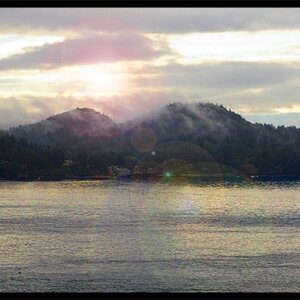
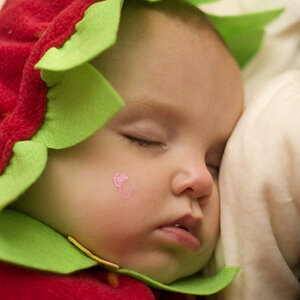
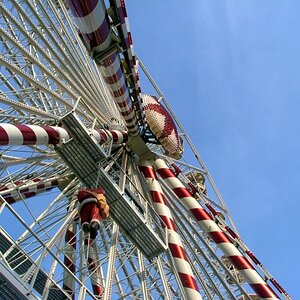
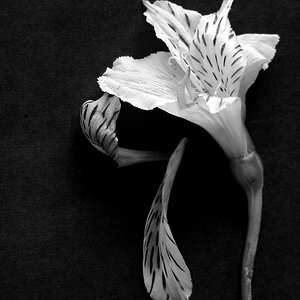
![[No title]](/data/xfmg/thumbnail/39/39188-ef8378fc9359eda8e99899c2e12f3892.jpg?1619738906)
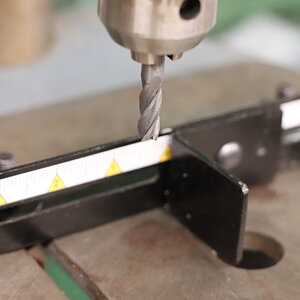
![[No title]](/data/xfmg/thumbnail/39/39187-9ec2507d9e5ef2843f7f00127c7abb4c.jpg?1619738905)
